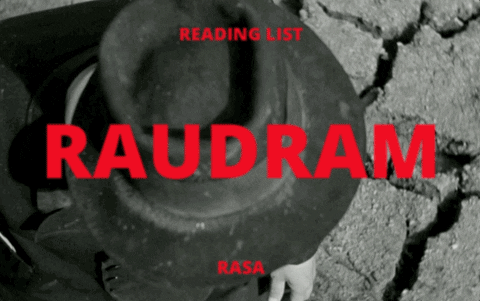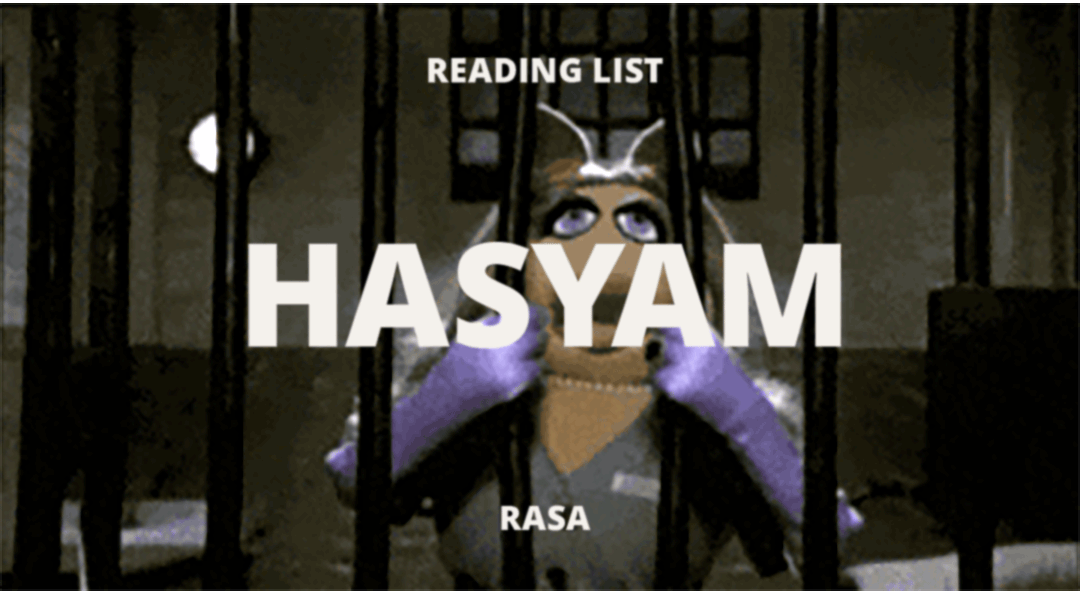Looking at how emotions fill the gap where words and pictures fail, we started analyzing the significance of emotions in communication.
Emotions are so, so, essential to stories. Are emotions the first language? Infants communicate by expressing raw emotions well before they acquire language. When people from distinctly different cultures interact, you can observe how facial expressions and gestures showing emotions are enhanced and sometimes even exaggerated in attempts to clarify more information without relying on verbal language.
"Someone may forget what you said, but they will never forget how you made them feel." Maya Angelou
Without an emotive quality, communication becomes purely a rational transfer of data—like a research paper; this can certainly communicate and even form insights. But, without emotions, these digits and facts will not remain glued together as one cohesive story or idea in the average human mind. Emotions are such an inherent part of being human, that we find they form an essential layer in communication, making information memorable and relatable. In our experience, establishing connections with the audience is impossible without the use of emotions.
“After a major bank introduced a credit card for Millennials that was designed to inspire emotional connection, use among the segment increased by 70% and new account growth rose by 40%.” Harvard Business Review, The New Science of Customer Emotions
We think emotions are significant to brands and storytelling; they form the basis of connections that evolve into loyal audiences.We've come to understand what a business can make consumers feel is linked to how people remember that brand. It can also influence how they connect desires and emotional needs to what that business has to offer.
We use the Eastern philosophy of ‘rasas’ to identify a spectrum of emotional objectives for a story. The rasa of a story is the emotive outcome that the audience experiences as a consequence of the story; what the story makes you feel.
The classical Rasa Theory: originated in India around the first century BCE in the drama treatise Natyashastra. Since then, it has been widely adopted by other art forms from poetry to film. ‘Rasa’ is the ‘emotional flavour’ of any creative work, evoked in the minds of the audience through deliberate triggers made by the creators.
Classic nine rasas: Sringāra, Adbūtha, Karunā, Bhayānaka, Bhībhatsa, Raudra, Sāntam, Hāsyam, and Veeram.
For story storytelling, we look at a much wider spectrum. For example, the bhayānaka (fear) rasa can range from apprehension to blood-curdling terror. We also observe the polarities of each rasa considering both the negative and the positive characteristics such as the sorrow and compassion characteristics of the karunā (empathy) rasa.
Nine emotional ranges that we have adapted and expanded from the rasa theory.
Sringāra: Desire, bliss, and love
Adbūtha: Surprise, wonder, and amazement
Karunā: Empathy, nostalgia, and pensiveness
Bhayānaka: Submission, fear, and awe
Bhībhatsa: Aversion, contempt, and loathing
Raudra: Aggression, fury, and outrage
Sāntam: Contentment, tranquillity, and serenity
Hāsyam: Optimism, amusement, and delight
Veeram: Anticipation, confidence, and inspiration
We created a series of monthly stories as a way to practice and explore the scope of story archetypes and rasas. Our monthly stories are where we like to play, blurring the lines between commercial and artistic storytelling. We create supplementary reading lists as a way to investigate the archetypes and rasa scope of the story.

Even when we’re exploring beyond the original theory this way, we still find profound cues to each rasa expression in the art form where it was born—classical Indian drama. Dramatic expressions of each rasa are among our strongest cues to how they can be evoked; like the shrinking expressions connected to bībhatsa (Aversion, contempt, and loathing) which led us to discover it beyond the emotion of ‘disgust’ usually attributed to this rasa, and find it in evocations like humility.
When considering a story rasa, we first recommend identifying emotions relevant to the brand articulation framework (BAF) for your business.
Does your target audience respond more to stories that inspire awe, radiate friendly warmth, or do they evoke a sense of empathy?
The rasa theory allows us to decide whether a story should be tranquil or erotic, terrifying or funny, or a mix of wonder and heroism. It’s become one of our most used storytelling tools. We use these tools to create stories that come to life as books, spaces, prints, merchandise, and digital content.
To experience how we use rasas to build stories, subscribe to our monthly stories here.



